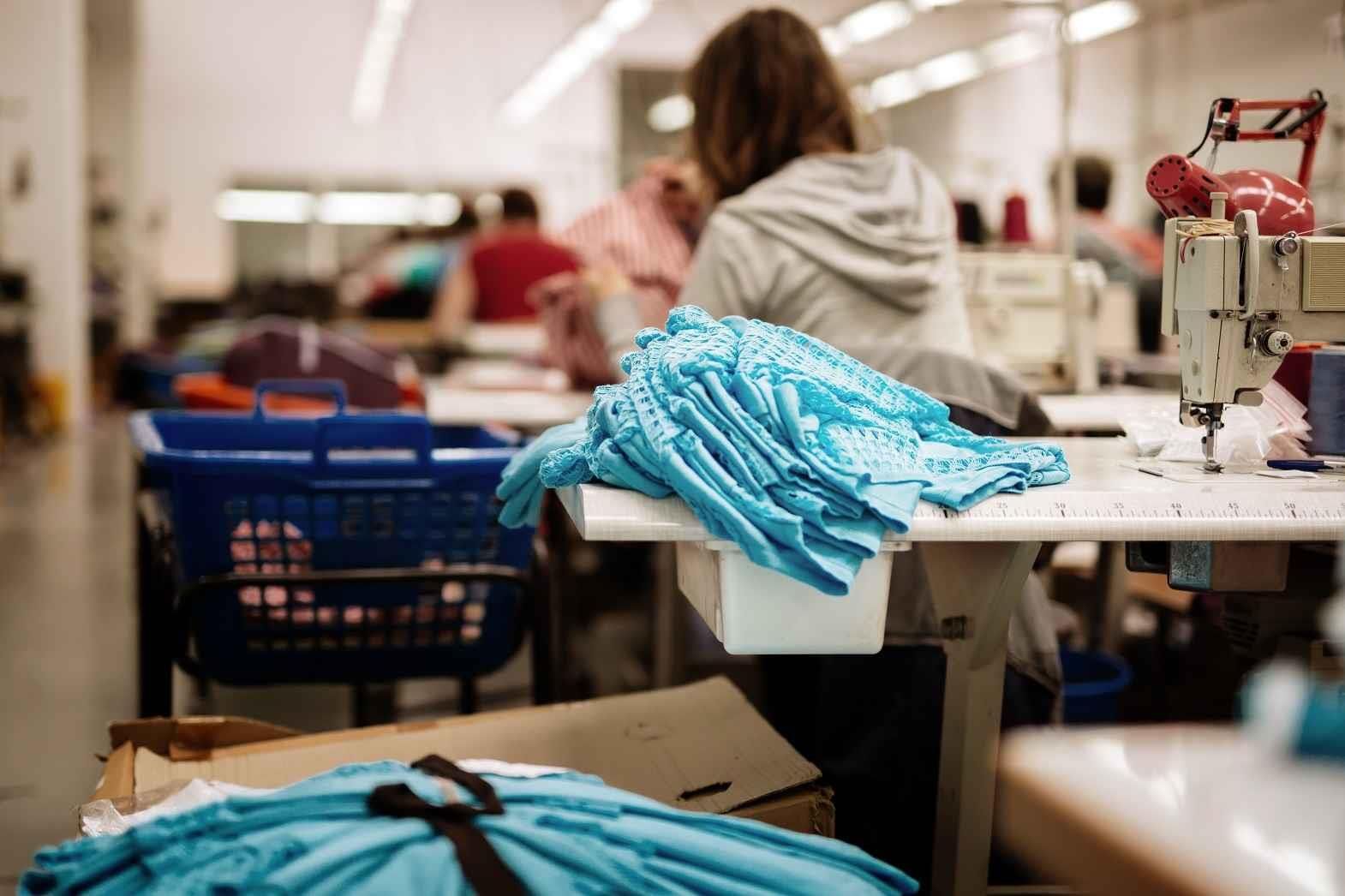Automation and robotics are entering almost every industry, changing how products are designed, made, and enjoyed. As these technologies find their place on production lines, they are helping meet consumer needs and bringing new possibilities for sustainability. But what unexpected ways are they influencing the textile industry?
Efficiency and Precision in Production
Industry 4.0 has brought robotics into manufacturing, boosting efficiency and accuracy while reducing human errors. With robotic arms, AGVs, and smart machinery now standard, production is faster and more responsive to market needs. AI-driven systems monitor and adjust operations in real-time, keeping downtime low and quality high. Incorporating high-quality machinery is vital to achieving these efficiencies. Companies like https://www.rdmo.com/specialising in used machine tools for industrial automation, make it easier for manufacturers to access precision equipment in an eco-friendly and affordable way.
For example, some textile manufacturers use robotic systems to handle delicate fabrics that require precise handling to avoid damage. This precision minimises waste due to fabric mishandling, contributing to cost savings and environmental goals.
Sustainability and Waste Reduction
Green practices are now central to modern manufacturing, and automation helps reduce waste and save resources. Robotics allow for precise material use, cutting down on waste from defective products or excess materials. Automated systems can also adjust to different materials and production needs, making sure resources are used efficiently while lowering environmental impact.
Many textile factories today use automated systems to recycle leftover fabric or repurpose byproducts, creating a system that supports sustainable practices. Automated machinery designed to use less energy further reduces the industry's carbon footprint. With robots able to measure, cut, and assemble fabrics to exact specifications, fabric waste is minimised, which can greatly reduce landfill contributions over time.
The Role of Used Machinery
Many textile companies are turning to refurbished machinery as a cost-effective alternative to buying new, especially for smaller businesses or those just starting with automation. Reconditioned equipment often comes with updated features, offering the performance of new machinery but without the high costs or long wait times.
Using second-hand machinery also aligns with circular economy principles by extending equipment life and lowering the need for new resources. For an industry that has traditionally generated significant waste, adding second-hand automation helps businesses stay competitive while supporting eco-friendly practices. This approach allows smaller textile companies to adopt automation and expand operations without sacrificing sustainable practices.
Tailoring Textiles with Robotics
Today's consumers want products tailored to their tastes, and automation enables manufacturers to meet this demand efficiently. Robotic systems allow textiles to be produced with unique patterns, sizes, and custom features on a large scale. For example, some systems can adjust stitching patterns or fabric colours instantly, adding uniqueness without requiring separate production lines.
Automated design software can also forecast style trends based on past data, helping manufacturers stay ahead of consumer preferences. This capability allows textile companies to launch new designs quickly, meeting the high expectations of today's fast-changing markets. By combining rapid design updates with precise robotic customisation, textile businesses can reduce lead times and deliver a more personalised experience.








Comments